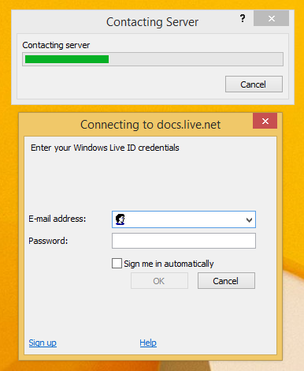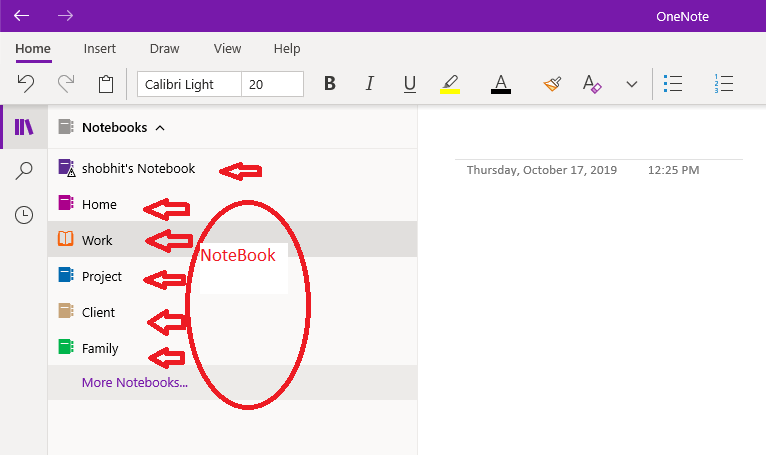
Just keep in mind that sharing is done at the level of the Notebook, so if you want to secure content differently, it needs to be in a different notebook. How you use this hierarchy is largely up to what makes the most sense to you and those you share it with. Since pages can also be “indented” one level, there are actually five levels of hierarchy. The container levels in OneNote have four levels: OneNote creates a visual metaphor of file folders and pages that is very intuitive and easy to learn. OneNote constantly syncs your notes and the notes of others in shared notebooks, so you can access all the content offline. If you are using the OneNote desktop application, you can take advantage of the fourth feature of OneNote: synchronization and offline access. One Note not only indexes all your typed notes it also indexes handwritten notes, text embedded in pictures, and even words in recordings, using voice-recognition technology. Coauthoring meeting notes in real time.Ī third feature that makes OneNote so powerful for note-taking is the ability to search. Since OneNote can be stored in SharePoint (either on premises or online), and viewed either in the OneNote desktop application or in a browser using OneNote web app.įigure 1. Meeting notes also take advantage of a second key feature of OneNote-the power to share notes and even co-author notes with others. Research notes and meeting notes, however, are particularly good candidates for long-term storage in OneNote.

Finished documents should go in a document management repository.Contact information can be stored in Exchange, either in your personal contacts or in shared contacts or in a CRM system.Note that many of these information types may have a better place to record them in a structured way for sharing in the organizations. It excels as a personal tool for recording ad hoc, unstructured information that you need to write down quickly without the need for a lot of planning and organization.

OneNote is, as its name implies, an electronic notebook.


 0 kommentar(er)
0 kommentar(er)
